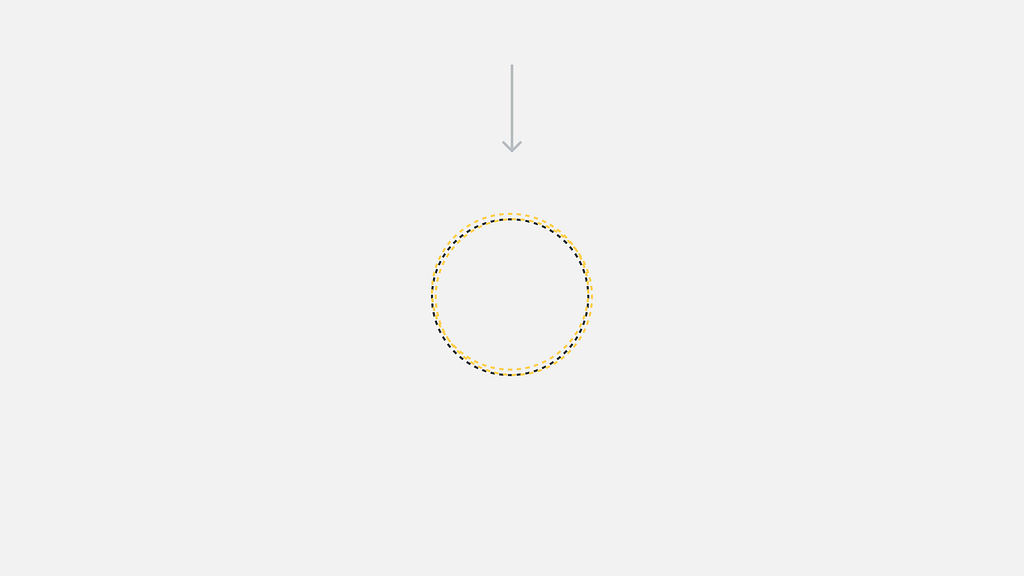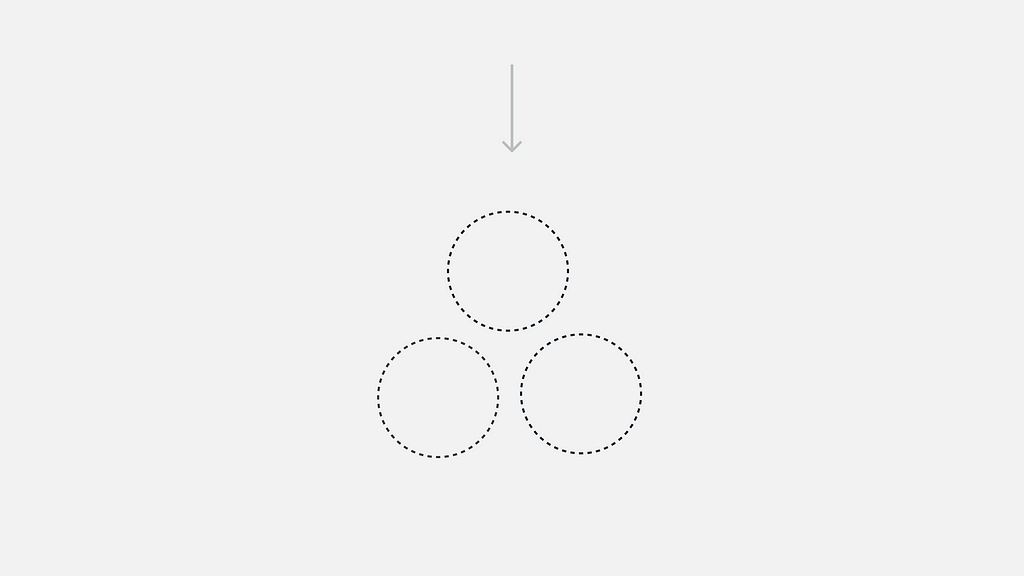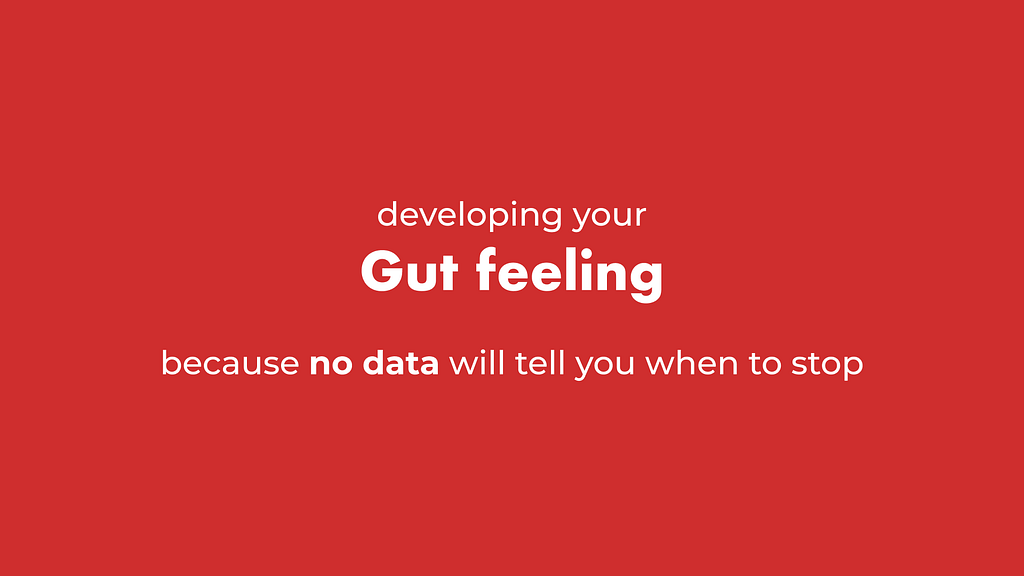Just enough research
This is a story about developing the sense of knowing when it is enough to research and your gut feeling, as no data will tell you when to stop.
Earlier in September, I had the pleasure to be a guest lecturer at Infinum’s first Design Talks event in Skopje. We talked about processes and research. More specifically, how to know when it is enough to research.
Before the inspiration to hold this talk, I started reading Erika Hall's book “Just Enough Research” hence the inspiration for this story and talk.
Before diving into the topic of knowing when to stop researching, a little disclaimer or things to be aware of are that there are 1) millions of ways how one can do research, 2) doing research is always better than none, and 3) there is no perfect formula for enough.
The nature of research
I am not sure if it is something in the word “research” that sounds like it is something complex, ambiguous or serious but it can be viewed from the simple and complicated perspectives as Erika mentions in her book. It can be summarized as:
- Simply: an Inquiry of information
- Complicated: Systematic approach of critical thinking to understanding and solving problems including tools, methods, and activities.
So, the inspiration for this topic goes beyond the initial book. While doing research, over the years, it has become imperative for me personally to find the balance between what can remain simple and how complicated it should get.
In developing that balance, I got to the understanding that what helped me a lot in figuring out what and when is enough is ultimately your gut feeling.
The gut feeling
This comes from my experience that no matter how good you are at the task at hand, ultimately what will help you in knowing when to stop is your sense of intuition which we many times take for granted.
But, how can one get to the point that can help in developing your gut feeling?
The most important thing before talking about developing your gut feeling of enough is the fact that doing good research is the base for doing enough research.
There are several “must” aspects of doing good research that one should be mindful of, that is:
- Know you problem
Knowing the problem you are researching is the base for good research. This is a precondition so we make sure we are solving and researching to answer the right question.
A good problem tries to give an answer to some or all the questions of:
- What happens (explanatory)
- How things happen (when and in what context — descriptive)
- Why they happen (causal-correlational)
The 2nd most important thing is to:
2. Understand the dimensions (of the problem)
There are 2 important dimensions of a problem.
- Clearness of the problem
- Quantity of information
If the problem that we are solving is very complex and broad, most probably we would need more time until we get to a point to understand what we need to solve. The quantity of information goes in hand with the clearness. If we have little quantity of information for the problem we are solving, we would need more time until we gain more and more information to start understanding the problem.
One typical research scenario
How do the dimensions work together? Let’s try to understand it through a typical research scenario.
We always start with a problem, and then we start researching, getting more and more data, and suddenly what initially seemed like an unclear problem now starts to look like a circle:

As we gain more knowledge and the dotted lines become more and more clear, the initial problem scope suddenly expands. That is because sometimes research (if not most of the time) is about expanding, so the problem already goes beyond the initial idea:

and these dotted lines become more and more evident, at some point
we start seeing shapes and emerging patterns where our brain auto-completes, e.g. we start seeing 3 separated problems (circles).

At a closer look at these problems, we become aware that our main problem is not a circle but a triangle instead.

And this is when we stop. This is when we go into the ideation and then the validation phase and then go back to research if needed later on.
When enough is enough?
Following the previous metaphor story about the typical research scenario, the first hint that you follow in the development of your gut feeling is knowing when to stop and that is when:
- Patterns start to emerge
In the case that you start seeing patterns that can already make sense and solve your problem, this is when you stop with your research.
If by this time we cannot already make sense of the data and the research we’ve done in a way that no patterns emerge, it is either because we are 1) not solving the right problem, 2) our research design is not optimal, and/or 3) we are in a different stage of our research to our problem and we need to become aware of that.
2. Stop midway
Stopping midway is basically what it means, to stop midway with the research at which point, we ask ourselves, whether what has been acquired as data we can make sense of it. If it is the case that we can make no sense then we ask the same previous questions of what might be wrong. And if nothing is wrong on that side, then we proceed with the research.
3. Trust your mental map/model
As a researcher, this is something that many times are being overlooked in the sense that because we try to avoid any biases we start avoiding patterns too soon. The thing is that there always will be a bias, but the idea is to reduce uncertainty which we can do by making sure our research design is optimal and that we are solving the right problem from the start.
Because of that, and because we are the ones who have been with the research from the start and have processed that data eventually we will need to trust our ability to see patterns and our mental map which has already processed all that data.

That’s how you get to develop your gut feeling, by following these 3 hints mentioned above! Why I talk about developing your gut feeling is because no data will tell you when to stop. So aside from experience, these are the things that can help you sense when to stop.
Thanks for reading!
References:
Just Enough Research by Erika Hall
Just Enough Research was originally published in UX Collective on Medium, where people are continuing the conversation by highlighting and responding to this story.